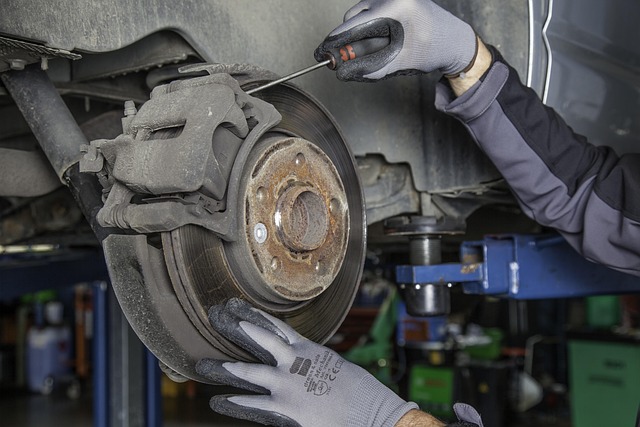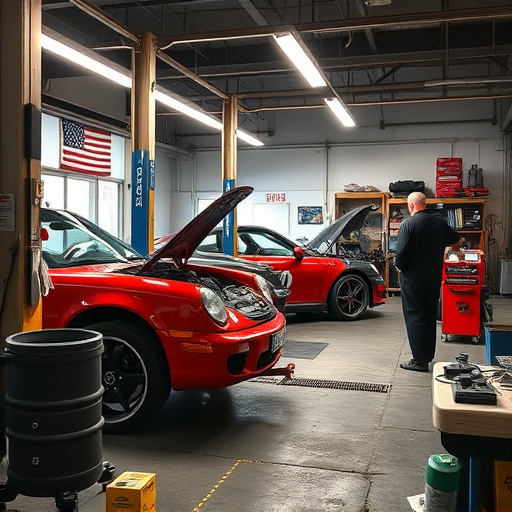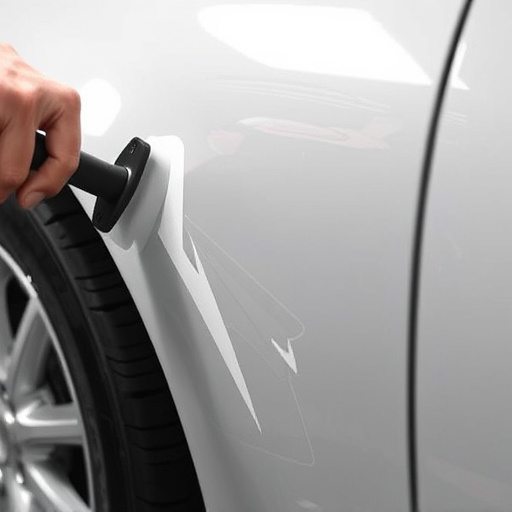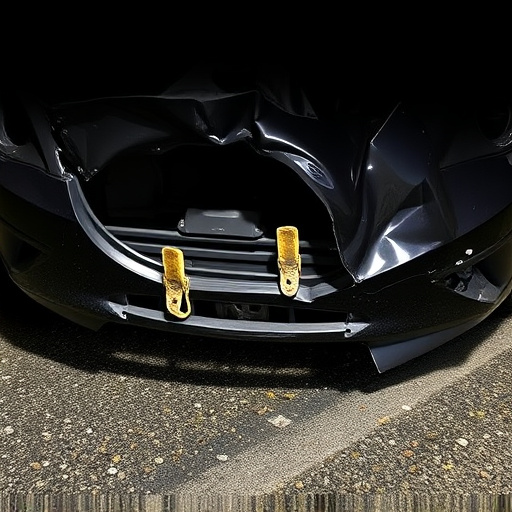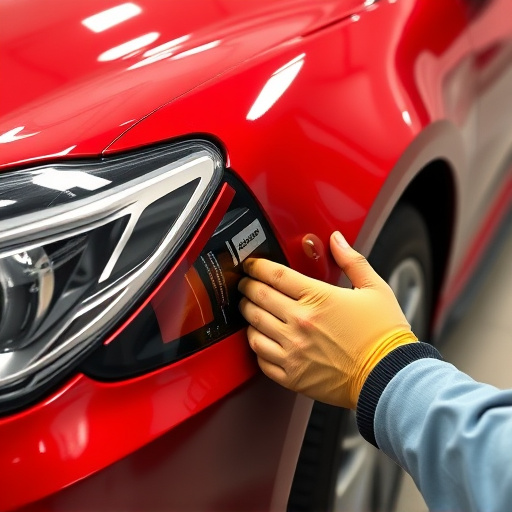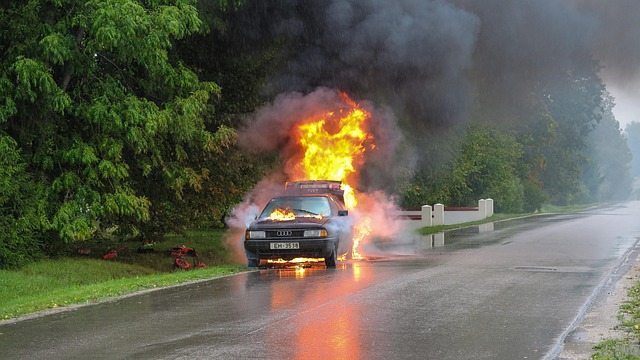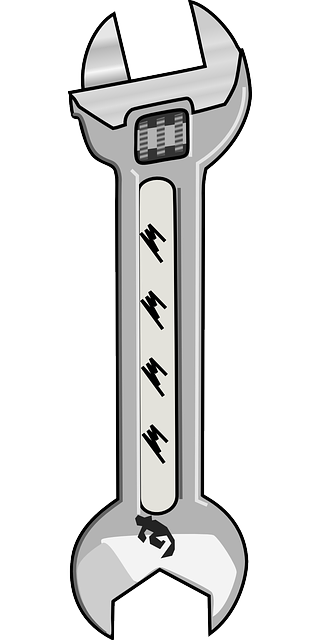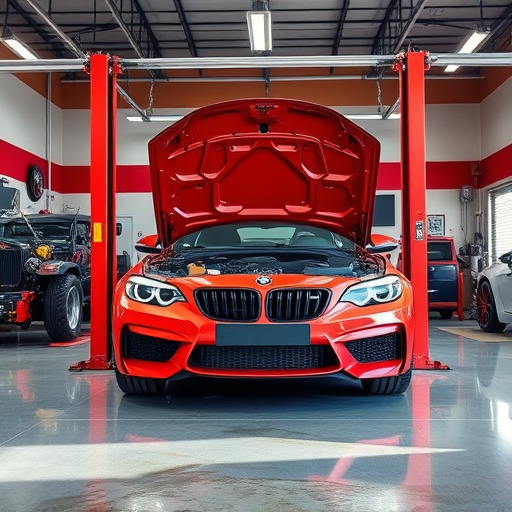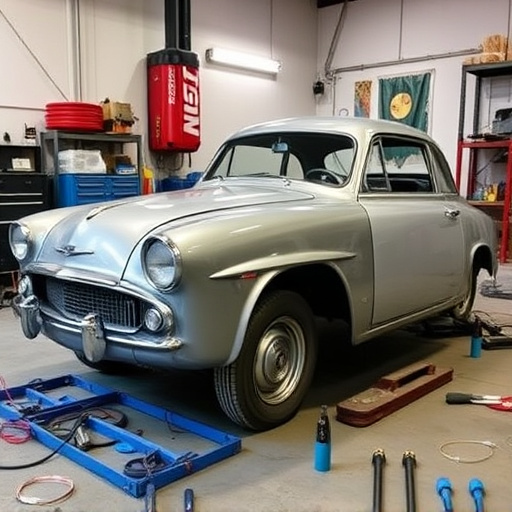Infrared paint drying is a groundbreaking technology that speeds up car collision repairs, enhances finish quality, and boosts repair shop efficiency. By controlling temperature precisely, it minimizes defects, reduces labor costs, and expedites vehicle restoration, making it a game-changer in the automotive industry for superior service and customer satisfaction.
Infrared paint drying is transforming collision repairs, offering faster turnaround times and improved quality. This cutting-edge technology uses heat to accelerate curing, eliminating the need for lengthy waiting periods. By reducing cycle times and minimizing the risk of human error, infrared paint drying boosts efficiency and cost-effectiveness in auto body shops. This article delves into the mechanics of this innovative process, explores its advantages, and provides best practices along with potential pitfalls to ensure successful implementation.
- Understanding Infrared Paint Drying Technology
- Benefits of Using Infrared for Collision Repairs
- Best Practices and Common Pitfalls in Implementation
Understanding Infrared Paint Drying Technology

Infrared paint drying is a cutting-edge technology revolutionizing car collision repairs and car paint services. Unlike traditional drying methods that rely on ambient air, this innovative approach utilizes infrared radiation to accelerate the curing process of automotive coatings. By focusing heat directly onto the wet paint surface, infrared paint drying reduces the time required for a fender repair or any car bodywork services significantly. This not only speeds up the entire restoration process but also ensures superior results in terms of finish and durability.
The technology is particularly beneficial for busy automotive repair shops as it allows them to handle more vehicles efficiently. The fast drying time means less down time for cars, which translates into higher customer satisfaction. Moreover, infrared paint drying offers precise temperature control, minimizing the risk of overshooting or undershooting the ideal curing temperature, a common issue with conventional methods. This advanced technique is a game-changer in the industry, enhancing both the quality and speed of car paint services.
Benefits of Using Infrared for Collision Repairs

Infrared paint drying is transforming the landscape of vehicle collision repair. This innovative technology offers several significant advantages over traditional drying methods. By leveraging infrared heat, auto body shops can achieve faster drying times, which not only expedites the repair process but also reduces overall labor costs. This efficiency is particularly beneficial for busy auto repair near me, where quick turnaround times are crucial to customer satisfaction.
Moreover, infrared paint drying enhances the quality of auto body services. The precise and even heat distribution ensures that the paint dries uniformly, minimizing the risk of blistering or other cosmetic defects. This results in a more durable and aesthetically pleasing finish, enhancing the overall value of the repaired vehicle. For collision repair shops looking to stand out in a competitive market, adopting infrared paint drying can be a game-changer.
Best Practices and Common Pitfalls in Implementation

Infrared (IR) paint drying has transformed collision repairs by significantly reducing dry times compared to conventional methods. However, best practices and common pitfalls exist that technicians must navigate for optimal results. One key practice is controlling temperature and humidity, ensuring IR systems are used within recommended parameters. This involves monitoring environmental conditions and adjusting heat levels accordingly to prevent over-drying or surface damage in car paint repair processes.
Another critical aspect is proper preparation of the car bodywork. Surfaces must be clean, free from contaminants, and appropriately primed before applying infrared paint drying techniques. Failure to do so can lead to uneven curing, blisters, and other defects. Moreover, understanding the compatibility of IR systems with various types of paints and coatings is essential. Different formulations require specific IR wavelengths and power settings to ensure effective drying without compromising quality in vehicle dent repair or car bodywork restoration processes.
Infrared paint drying has emerged as a game-changer in collision repairs, offering significant advantages over traditional methods. By understanding its technology and best practices, repair shops can enhance efficiency, reduce cycle times, and deliver high-quality results. While challenges exist, especially regarding training and initial investment, the benefits of infrared paint drying are undeniable. As the demand for faster and more sustainable repair processes grows, adopting this innovative technology is a strategic move for any modern collision center, ensuring superior customer satisfaction and increased operational profitability.

